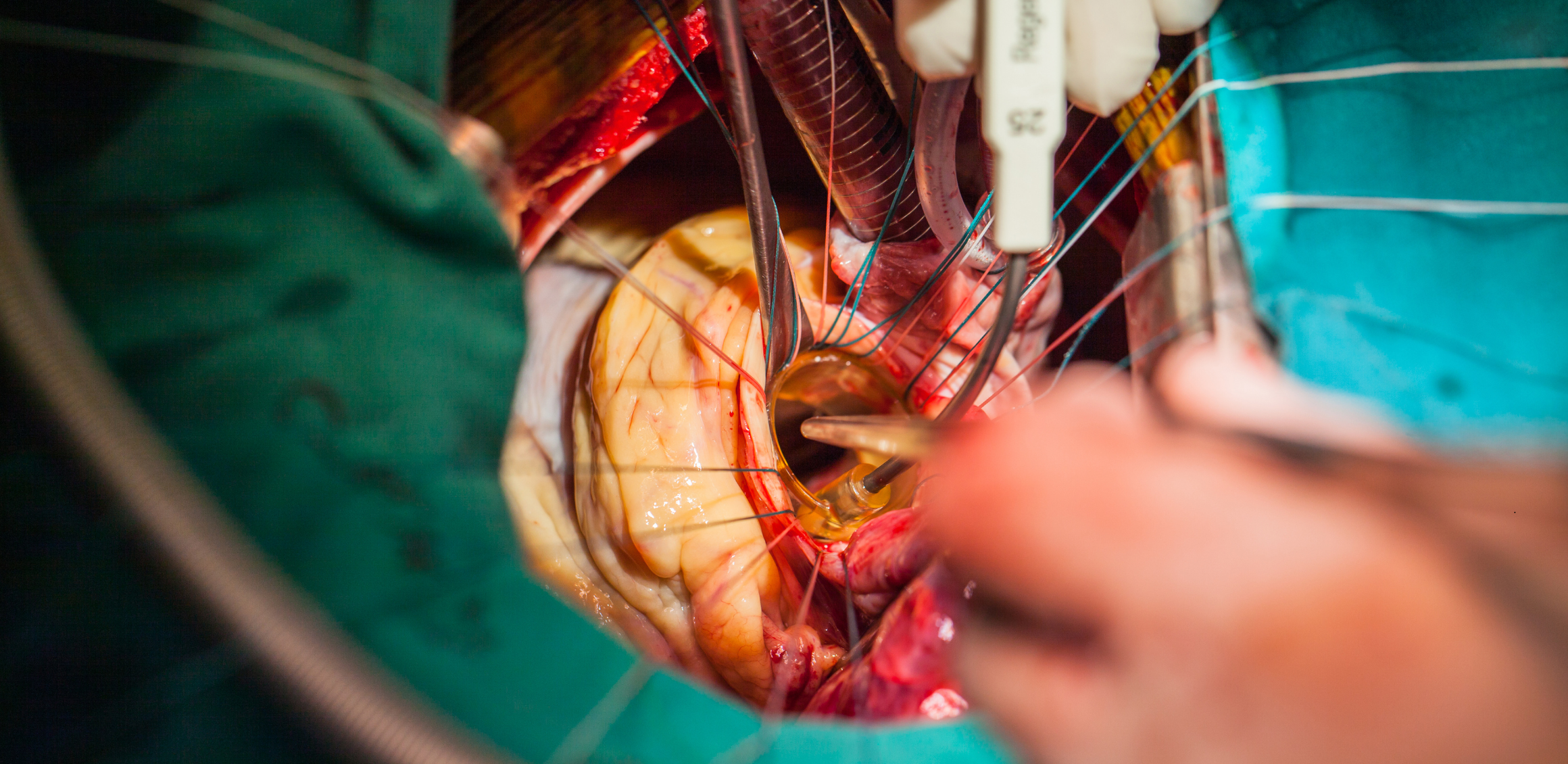- TAVI
- Tri-Klip
- Complex Coronary Interventions
- CTO Treatment (Chronic Total Occlusion)
- Balon Mitral Valvuloplasti
- Pulmonary Balloon Valvuloplasty
- Septal Ablation
- ASD (Atrial Septal Defect)
- Coronary Arteriovenous Fistula Closure
- Paravalvular Leak Closure
- Ablation Methods for Tachycardias
- Supraventricular Tachycardias
- Atrial Fibrillation
- Epikardial Ablation
- Stereotactic Radiosurgery
- Lead Extraction
- Device Implantations
- Pacemaker / ICD
- CRT / CRT-D Implantation
- Wireless Pacemakers
- Renal Denervation
- Non-Surgical Treatment of Aortic Aneurysms and Ballooning
- Cardioneural Modulation

Balloon Mitral Valvuloplasty (BMV)
Balloon Mitral Valvuloplasty (BMV) is a minimally invasive procedure used to treat mitral valve stenosis, a condition characterized by thickening and stiffening of the leaflets of the mitral valve, which narrows and restricts blood flow from the left atrium to the left ventricle. BMV aims to alleviate this narrowing and improve blood flow efficiency.
Balloon Mitral Valvuloplasty (BMV)
Balloon Mitral Valvuloplasty (BMV) is a minimally invasive procedure used to treat mitral valve stenosis, a condition characterized by thickening and stiffening of the leaflets of the mitral valve, which narrows and restricts blood flow from the left atrium to the left ventricle. BMV aims to alleviate this narrowing and improve blood flow efficiency.
Balloon Mitral Valvuloplasty Procedure
Preparation and Evaluation:
- The patient’s general health and the degree of mitral valve stenosis are evaluated.
- Echocardiography and other imaging techniques assess the structure and function of the mitral valve.
- The procedure is usually performed under general or local anesthesia.
Catheter Placement:
- A catheter is inserted through the femoral vein or jugular vein and directed to the right atrium of the heart.
- The catheter crosses into the left atrium through a small puncture (transseptal puncture).
Balloon Insertion and Inflation:
- A balloon catheter is positioned across the narrowed area of the mitral valve.
- The balloon is slowly inflated when it reaches the narrowed area of the mitral valve.
- Inflation of the balloon separates the valve leaflets and expands the valve opening.
Balloon Deflation and Catheter Removal:
- Once the balloon is deflated, the catheter is carefully removed.
- The success of the procedure is confirmed with echocardiography.
Advantages of Balloon Mitral Valvuloplasty
Minimally Invasive:
- Less invasive compared to open heart surgery, resulting in shorter recovery times and lower complication risks.
Fast Recovery:
- Patients can typically be discharged shortly after the procedure and return to their daily activities faster.
Effective Symptom Control:
- Rapidly reduces symptoms such as chest pain, shortness of breath, and fatigue associated with mitral valve stenosis.
Improves Heart Function:
- Expands the valve opening, thereby improving heart function and increasing blood flow.
Risks of Balloon Mitral Valvuloplasty
Bleeding and Infection:
- Risk of bleeding or infection at the catheter insertion site.
Mitral Valve Insufficiency:
- If the balloon is over-inflated, it may cause valve insufficiency (regurgitation).
Thromboembolism:
- Risk of blood clot formation during or after the procedure, potentially leading to embolism.
Cardiac Arrhythmias:
- Development of arrhythmias or other rhythm disturbances after the procedure.
Post-Procedure Follow-Up and Care
After the procedure, patients should attend regular follow-up appointments to monitor heart valve function. Medications (such as anticoagulants) should be taken as prescribed, and lifestyle changes recommended by the doctor (such as healthy diet and regular exercise) should be implemented. Participation in cardiac rehabilitation programs may also be recommended to improve heart function and alleviate symptoms.
Conclusion
Balloon Mitral Valvuloplasty is an effective and minimally invasive treatment option for patients with mitral valve stenosis. When performed by experienced cardiologists, this method can significantly improve patients’ quality of life and alleviate symptoms. However, determining the appropriate treatment method for each patient requires comprehensive evaluation and risk analysis.
